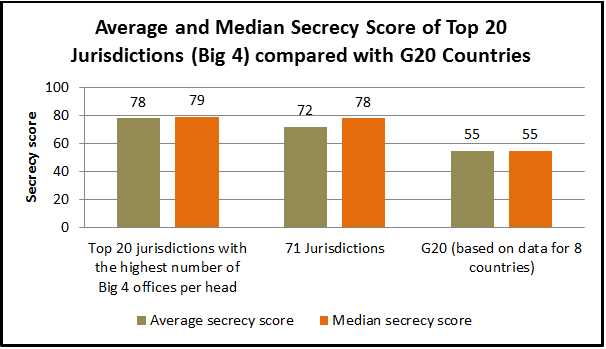Unless you've been in a coma, you have certainly heard about Mitt Romney's release of his 2011 tax returns last Friday. You no doubt know that he and his wife did
not claim all the charitable tax deductions they were due, so their tax rate would not go below 13% of adjusted gross income. If you read
Bloomberg or a newspaper that picked up the Bloomberg story, you know that Rafalca, the Romneys' dressage horse, has disappeared from their 2011 tax deductions. This, of course, raises the question of whether it was a legitimate deduction in 2010 (or earlier?). After all, being in the Olympics probably raised
the mare's value, making the profit motive necessary for an allowable business deduction more plausible. So why would Rafalca not be eligible to deduct in 2011 if she were eligible in 2010 and probably gained value?
But have you read the
Frequently Asked Questions page the Romney campaign put up about the 2011 returns and the PricewaterhouseCoopers (PwC) summary of the Romneys' 1990-2009 taxes? You should, for the humor value, if nothing else.
In question 9, we learn how PwC calculated the average effective tax rate: they added the tax rate for each year, then divided by 20. This tells us almost nothing, as many observers (here's
one, h/t Think Progress) have pointed out: $50 million taxed at 10% (though
the campaign claims it was never less than 13.7%) and $5 million taxed at 30% would yield an average tax rate of 20%, using the PwC method, when the true tax rate would be 11.8% ($6.5/$55) in this example.
In the very next question, however, we learn that for the total of federal taxes, state taxes, and charitable contributions (38.49%), PwC used the proper averaging methodology! In other words, adding up all the payment dollars and dividing by the total adjusted gross income (though we don't know what tricks he used before adjusted gross income). Why didn't they do that for tax alone?
In 2011, the Romneys' charitable contributions came to just over twice their federal income tax ($4 million vs. $1.9 million). If that ratio applied for the entire 1990-2009 period, that would make the federal tax portion less than 13% (even lower because I have ignored state taxes). Of course, we have no way of knowing the real rate for federal or state taxes, or charitable deductions, without seeing the actual tax returns.
But wait, there's more! Don't forget all the offshore accounts! To do this question and answer justice, I'll have to quote it in full:
12. There are some investments that seem to be established in
offshore accounts, like the Cayman Islands and Bermuda. Are these
investments evading taxes?
Note the misdirection in the question, "evading" rather than "avoiding" taxes, which describe illegal and legal maneuvers respectively. Few people think Romney has broken the law, though
Nicholas Shaxson considers it to be a possibility.
No, the investments by the blind trusts in
funds established in the Cayman Islands or other jurisdictions are taxed
in the very same way they would be if the shares were held in the US
rather than through a Cayman fund. No taxes are evaded or reduced.
These funds are all registered with the IRS and report all income to
investors and the IRS, just like domestic funds. Whether in Bermuda or
Boston or elsewhere, there is no difference in how they are taxed.
If this were true, why would the funds need to be organized in the Cayman Islands? Boston would be a lot more convenient. No, as
Richard Murphy of Tax Research UK told me, these funds are set up to allow round tripping by U.S. investors to avoid U.S. taxes, though some foreigners may also take advantage of them.
Moreover, if foreigners are exempt from U.S. taxes like the Unrelated Business Income Tax, what need do they have to invest through the Caymans except to avoid taxes at home? Finally, we know from the
Gawker revelations that at least two Cayman funds the Romneys invested in created five blocker corporations, which are set up precisely to allow round-tripping by Americans. How can these funds be established in the Cayman Islands, etc., for any reason other than tax avoidance?
In addition, it is important to note that
there are no offshore accounts. These are investments in funds that are
organized outside the US.
A fund organized in a secrecy jurisdiction like the Caymans, Bermuda, or Luxembourg is offshore by definition.
Further, it is important to note that
Governor Romney did not make these investments. Governor and Mrs.
Romney's assets are managed on a blind basis. They do not control the
investment of these assets. The assets are under the control and overall
management of an independent trustee.
Finally, the trustee did not choose where
the investments were located any more than a stockholder in a Fortune
500 company chooses where that company is organized. Only the sponsor
of the fund decides where it is organized. That responsibility is
totally outside the control of a passive investor like Gov. Romney or
the trustee of his blind trust.
And a stockholder can sell his shares. Has trustee Brad Malt never heard of "divestment"? I was one of thousands of people active in the late 1970s to get our universities to sell stock in companies doing business in South Africa, the "divestment movement." While we weren't very successful at Princeton, students and faculty at many other universities were, and some major local government funds divested from such firms, too, leading companies like Citicorp to end their South African operations. Malt could sell if he wanted to.
The bottom line is the "same as it ever was," one tax system for the 1% and another one for the rest of us.

